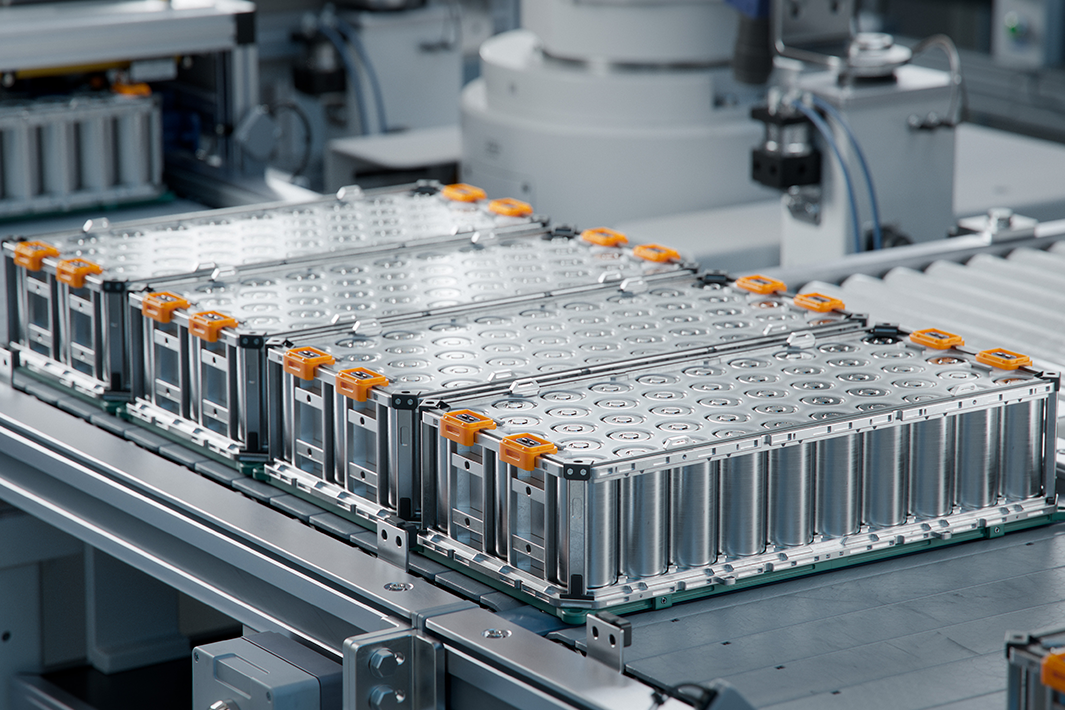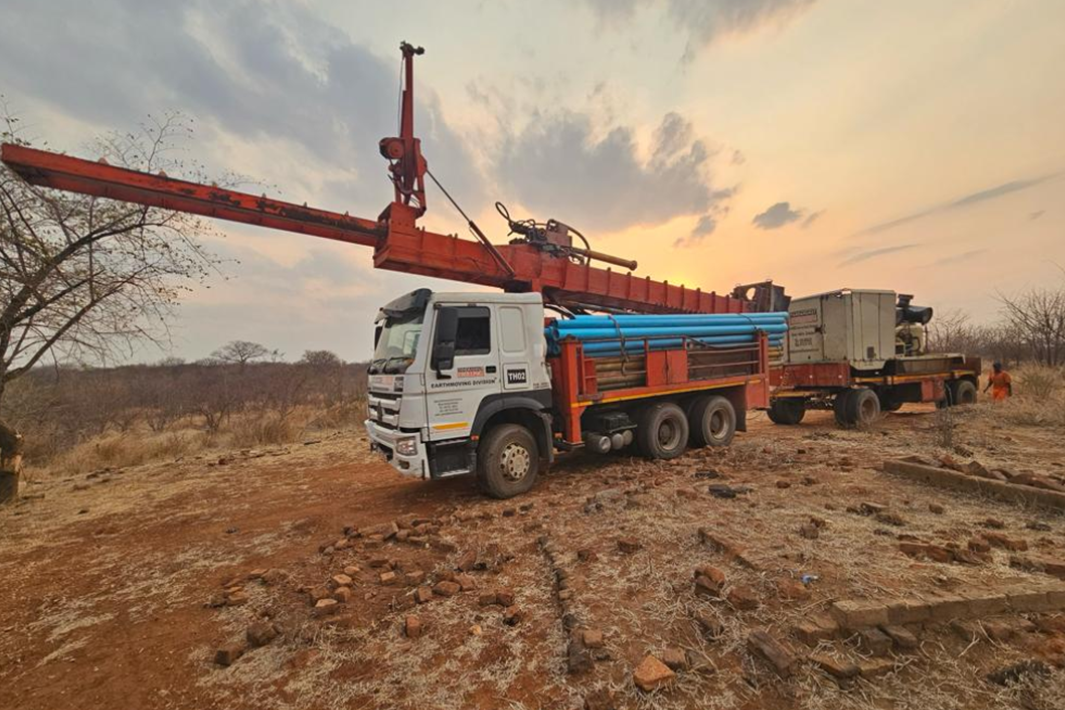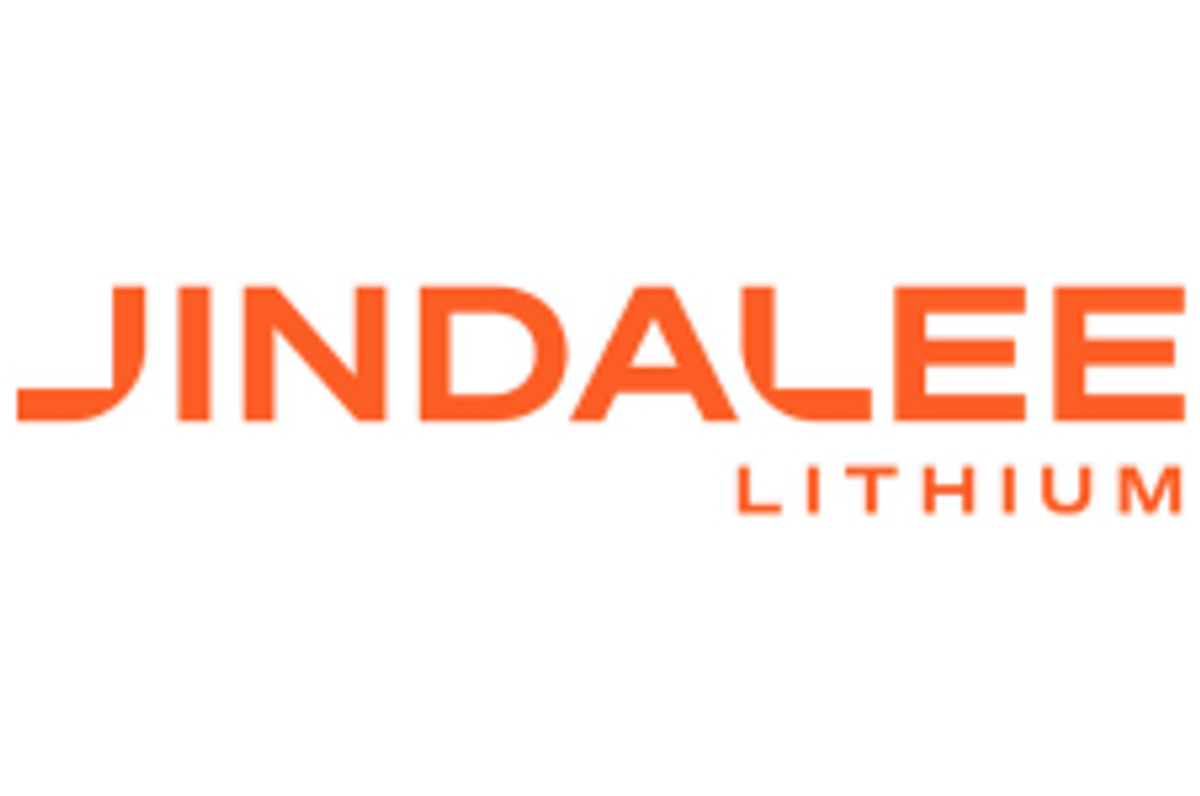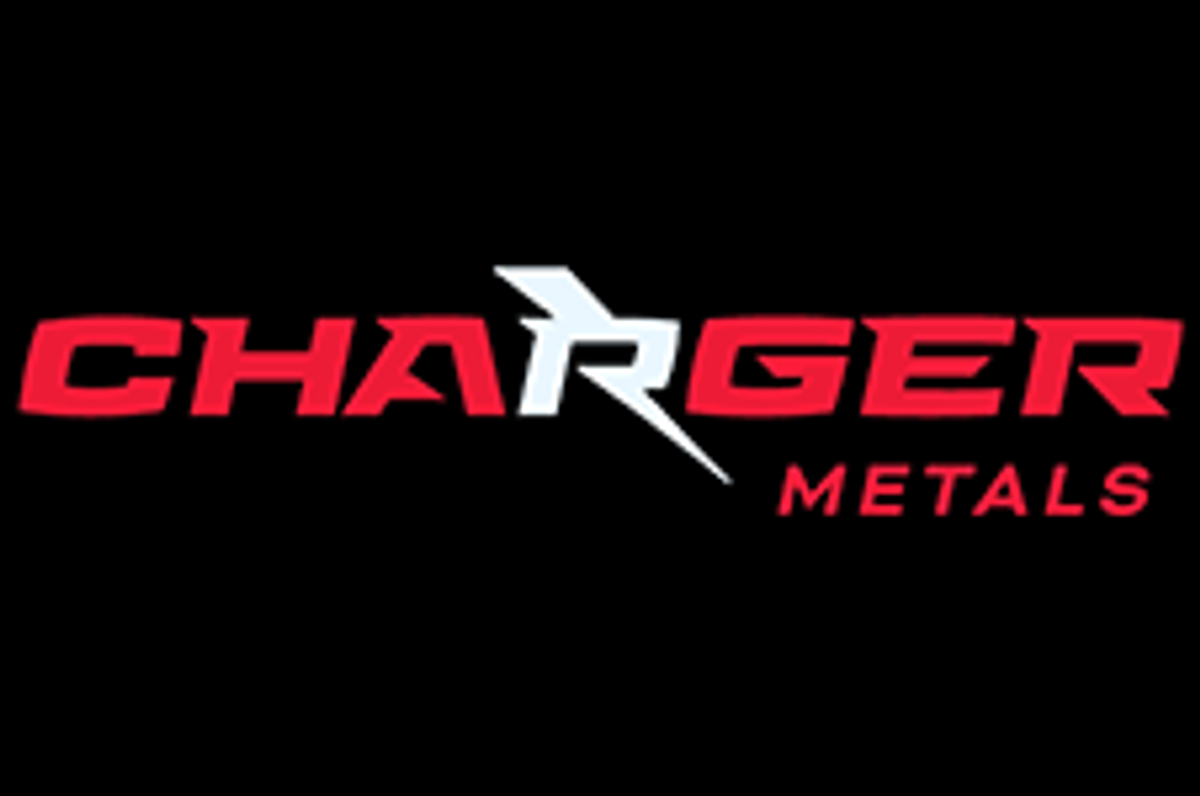
May 17, 2023
Charger Metals NL (ASX: CHR, ‘Charger’ or ‘the Company’) is pleased to announce that drilling has commenced at the Bynoe Lithium Project, Northern Territory.
- Maiden reverse circulation (RC) drill programme has commenced at the Bynoe Lithium Project, NT
- Initial ~2,000m programme has been designed as a first-pass test of high priority targets including the Megabucks, Old Bucks and Enterprise prospects
- The programme is expected to take approximately three weeks
Charger’s Managing Director, Aidan Platel, commented:
“We are thrilled to have commenced our maiden drill programme at our exciting Bynoe Lithium Project. The first-pass programme will drill test priority targets at the Old Bucks, Megabucks and Enterprise Prospects, all of which are located in a structural corridor directly along strike from Core Lithium Limited’s (ASX:CXO) operating Finniss Lithium Mine. 1
Samples will be submitted to a certified laboratory in Darwin on a regular basis and we look forward to updating the market as the assay results come to hand.”
The first-pass RC drill programme will comprise approximately 2,000m and has been designed to test three priority target areas that the Company believes have high prospectivity for significant pegmatite-hosted lithium mineralisation. The Old Bucks Prospect comprises a strong lithium anomaly at surface that extends over 800m in strike and up to 500m wide, with pegmatites visible in historic artisanal tin workings (Figure 1).
The Megabucks Prospect also exhibits a lithium-in-soils anomaly up to 800m long, with a significant pegmatite up to 70m thick defined by historical deep trenching across the strike.
A third high priority target, the Enterprise Prospect, will also be tested. Enterprise too is characterised by a large lithium anomaly at surface, and is located along strike from Core Lithium Limited’s (ASX:CXO) Blackbeard Prospect, which includes the following recently-announced significant drill intersections:
- 41m @ 1.63% Li2O from 137m (SRC117)
- 59m @ 1.54% Li2O from 158m (SRC118) and
- 71m @ 1.05% Li2O from 101m (SRC119). 1
The drill programme is expected to take approximately three weeks. Over the coming weeks the Company will increase its exploration activities across the Bynoe Lithium Project as the area continues to become more accessible after the region’s “wet season”.
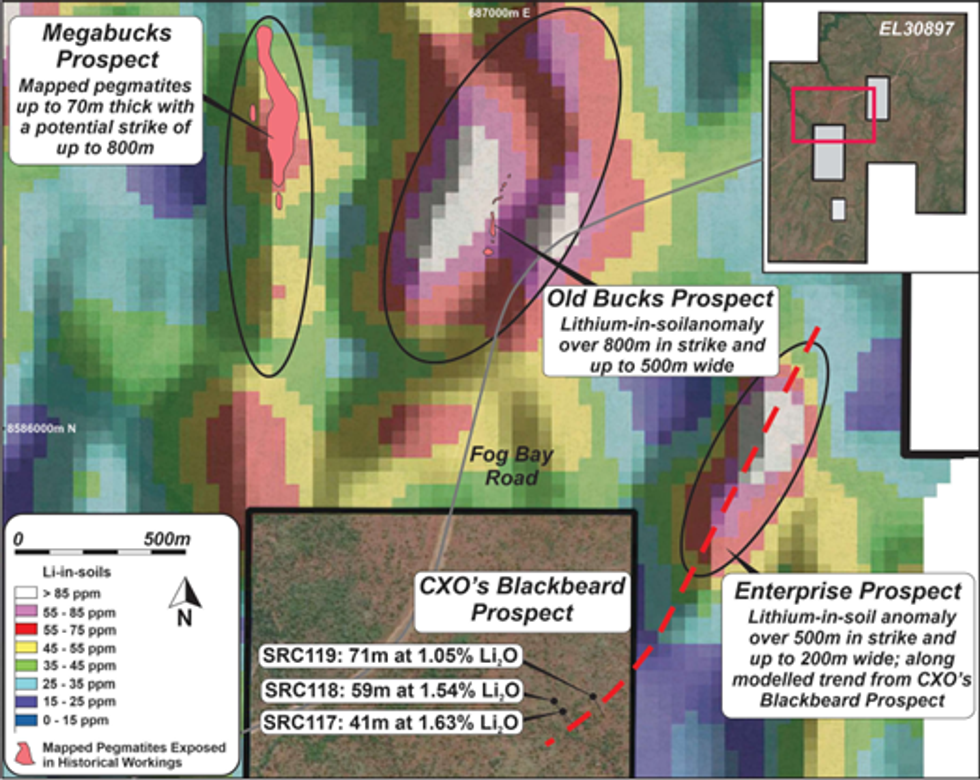
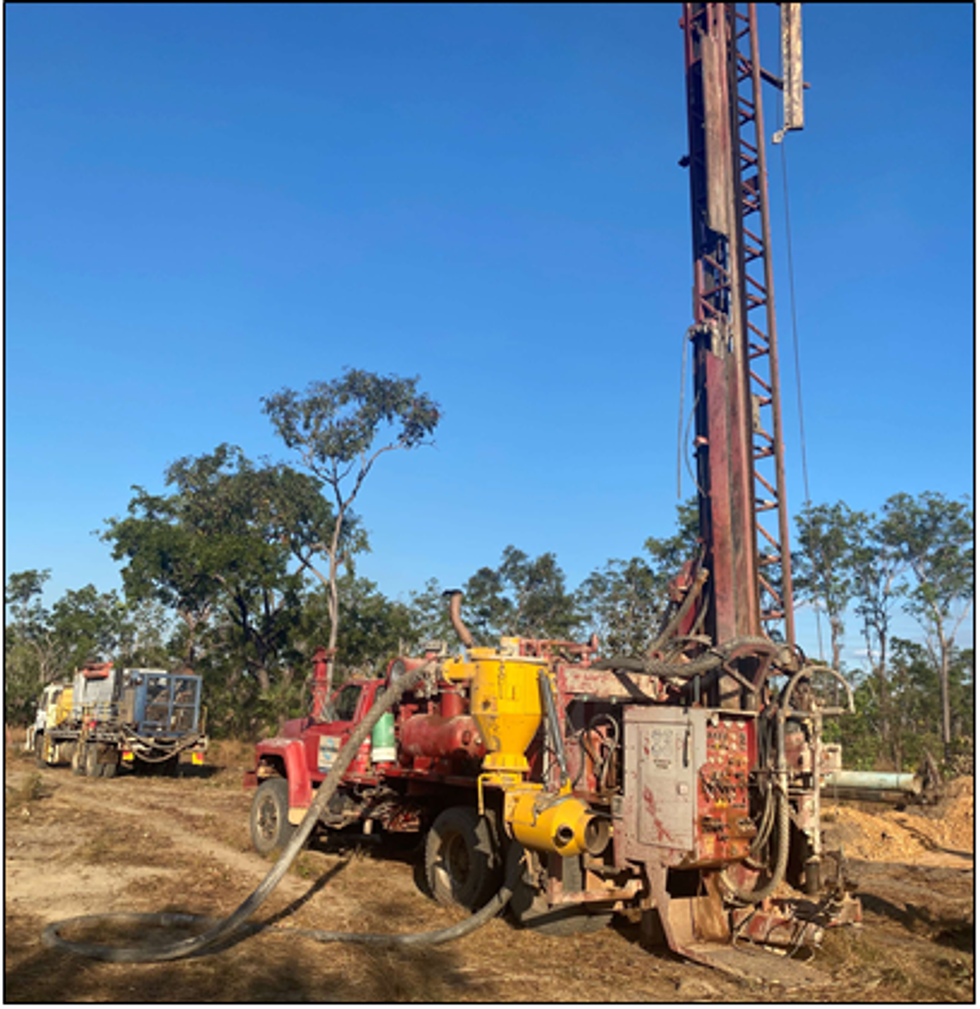
Authorised for release by the Board.
Click here for the full ASX Release
This article includes content from Charger Metals, licensed for the purpose of publishing on Investing News Australia. This article does not constitute financial product advice. It is your responsibility to perform proper due diligence before acting upon any information provided here. Please refer to our full disclaimer here.
CHR:AU
The Conversation (0)
11 December
Mining the Gap: 5 Forces Shaping North America’s Lithium Supply Chain
A convergence of industry investments, government initiatives and a shifting global trade dynamic is creating an environment ripe for the development of a North American battery supply chain, with lithium playing a leading role. These trends are reshaping the region’s industrial base and opening... Keep Reading...
10 December
Rock Bottom: Strategic Window for Ground-level Lithium Investment
When lithium prices hit bottom, savvy investors know that’s exactly where the next big discovery begins — literally. Beneath the surface of global markets and remote exploration grounds, new opportunities are forming in the wake of a sharp price reset and renewed geopolitical urgency.Recent... Keep Reading...
10 December
Liontown Resources Pens Lithium Offtake Agreement with China's Canmax
Liontown Resources (ASX:LTR,OTC Pink:LINRF) has executed a binding offtake agreement with Chinese conglomerate Canmax Technologies (SZSE:300390) as part of its strategy to diversify its customer base.“Listed on the Shenzhen Stock Exchange, Canmax is one of the world’s leading manufacturers of... Keep Reading...
08 December
Trading Halt
Jindalee Lithium (JLL:AU) has announced Trading HaltDownload the PDF here. Keep Reading...
05 December
Livium Receives A$663k in RsD Tax Incentive Rebates for VSPC
Livium Ltd (ASX: LIT) (“Livium” or the “Company”) advises that it has received A$663,000 in research and development ("R&D") tax incentive rebates from the Australian Tax Office for the 2025 financial year ("FY25"), relating to its wholly owned subsidiary VSPC Pty Limited ("VSPC"). The rebate... Keep Reading...
01 December
Why SQM Says Social Dialogue is Key to Sustainable Lithium
As scrutiny continues to intensify across the battery metals supply chain, the conversation around sustainability has moved far beyond carbon footprints. At this year’s Benchmark Week, Stefan Debruyne, director of external affairs at Sociedad Quimica y Minera de Chile (SQM) (NYSE:SQM), made that... Keep Reading...
Latest News
Latest Press Releases
Related News
TOP STOCKS
American Battery4.030.24
Aion Therapeutic0.10-0.01
Cybin Corp2.140.00
